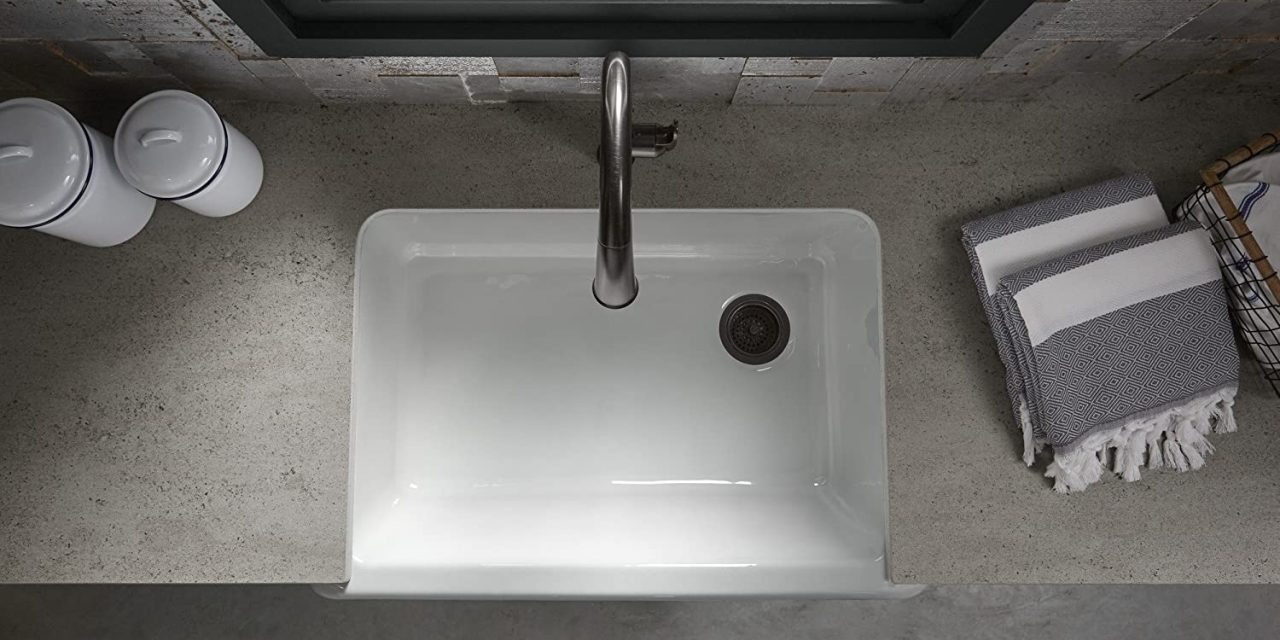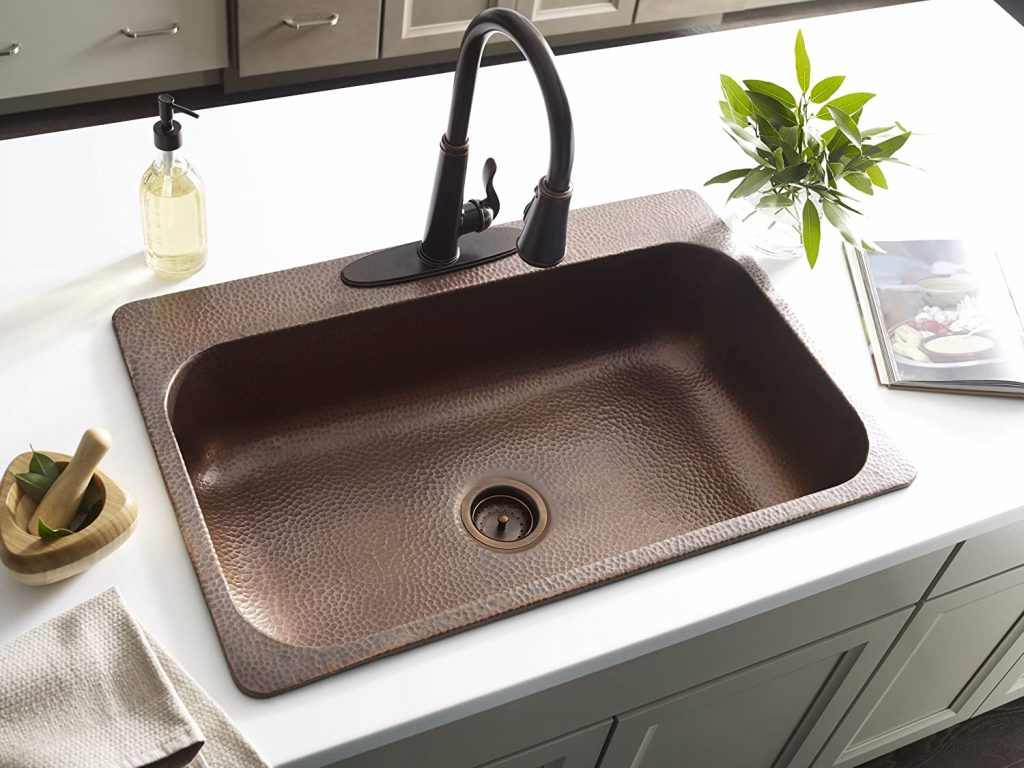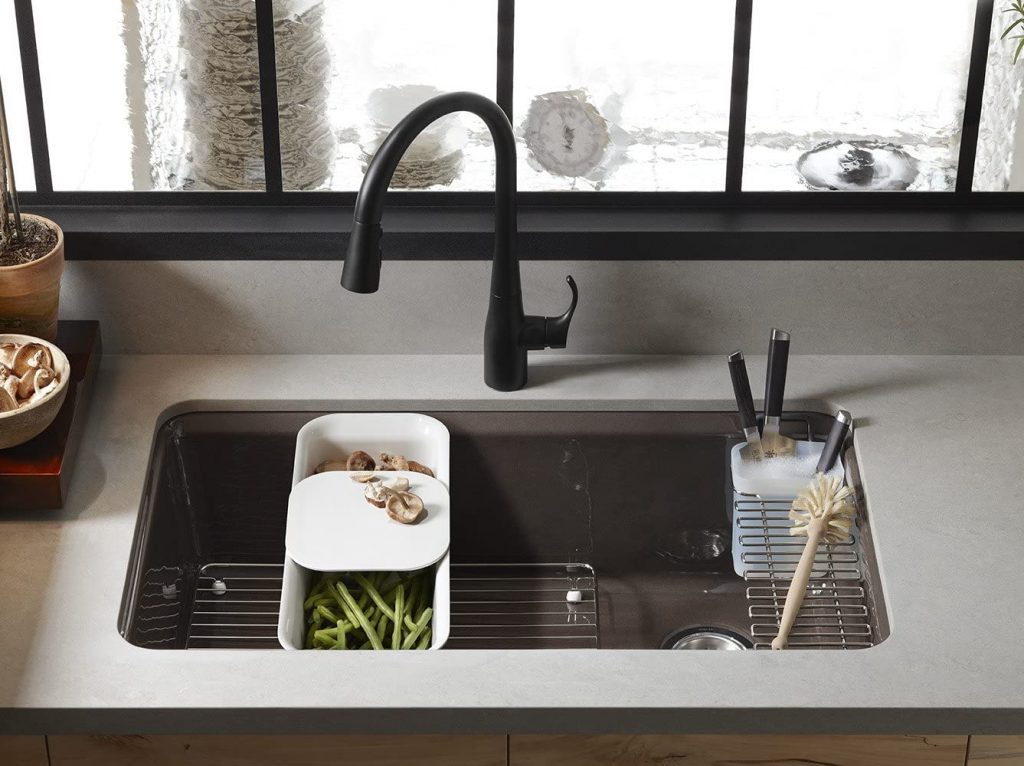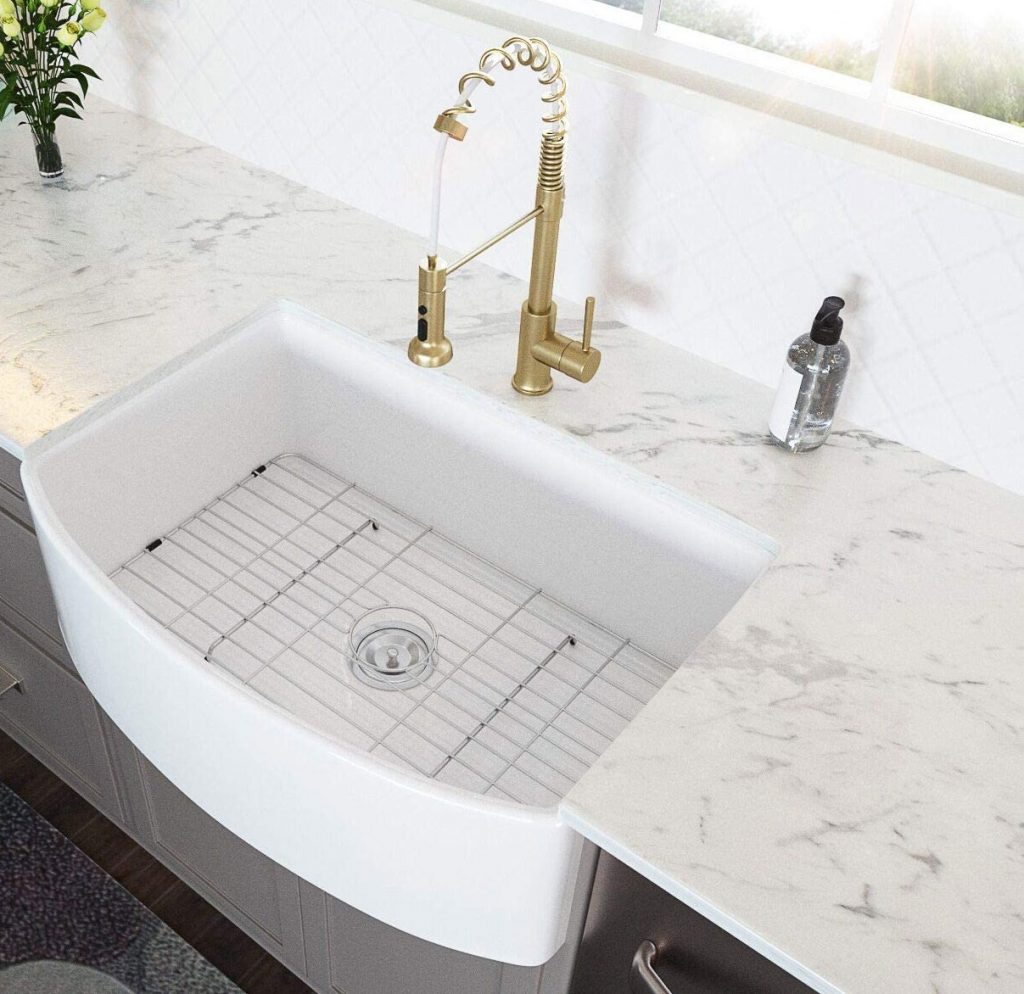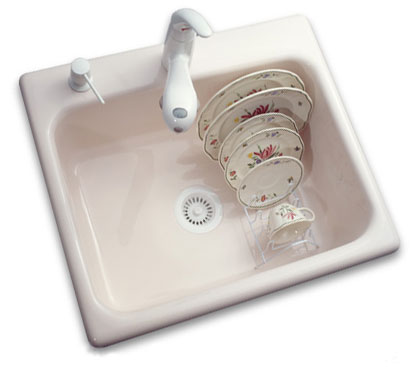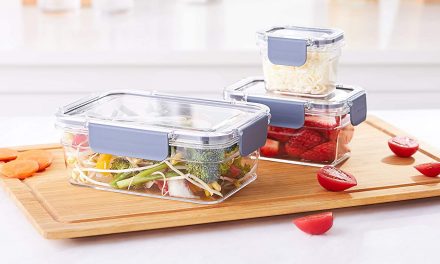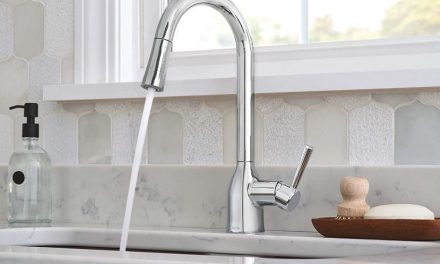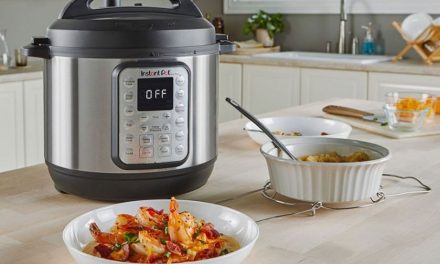From the always popular stainless steel and porcelain, to less common choices like composite stone and copper, the material your kitchen sink is made out of can affect not only the look of your sink, but how it works as well.
In this article, we’ll take a look at common and somewhat less common sink materials, how easy they are to install and clean, as well as how much they cost. We’ll talk about which materials will fit best in your kitchen, and what they’ll look like years after they’ve been installed. We’ll also look into a few brands, so you can choose the best material and finish for your sink.
Kitchen sink materials
When it comes to materials and their finishes, you’re really choosing between three main types: metals, composite granites/quartzes, porcelains. No material or its finish is perfect. They all have their pros and cons.
Metals
Kitchen sinks can be made of a wide variety of metals from brass to iron to zinc, but the most common metals, by far, are stainless steel and copper.
Stainless steel sinks
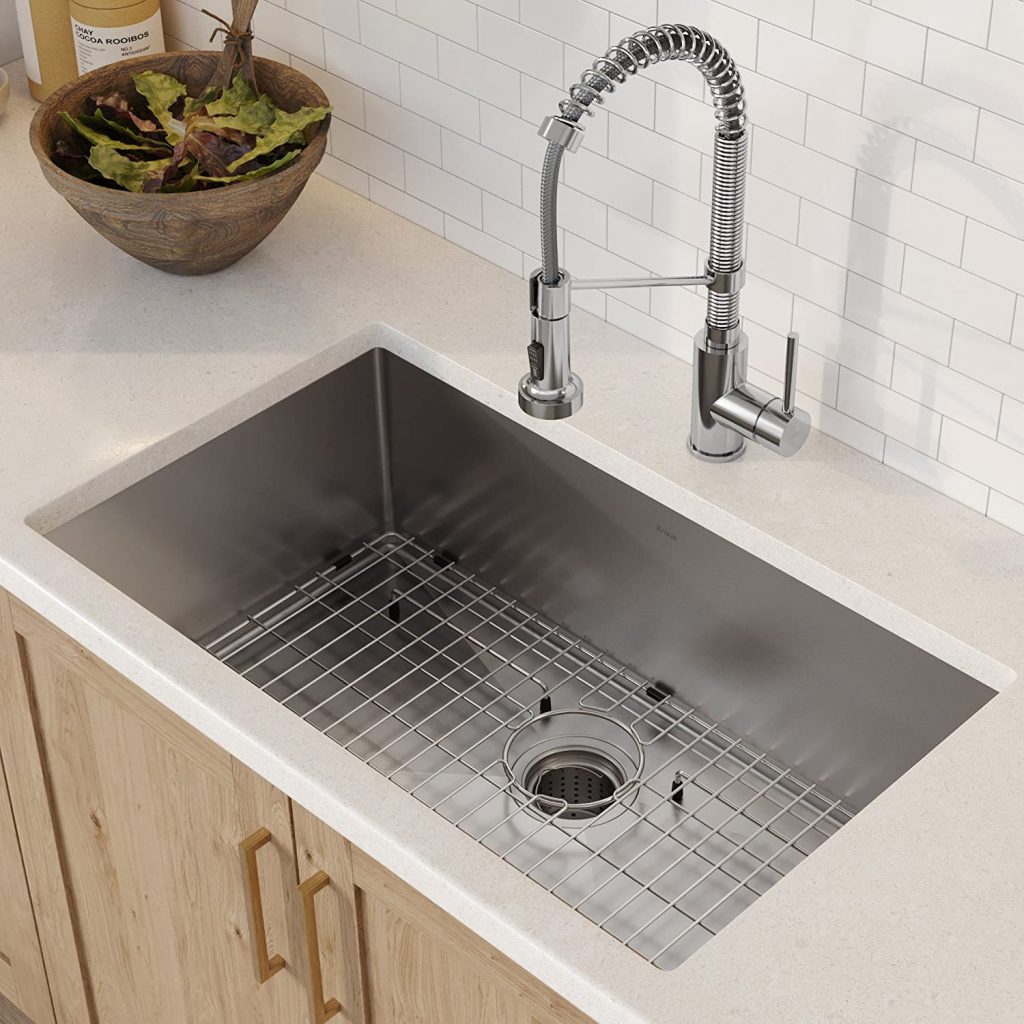
See Kraus’ 32-inch single-bowl undermount sink in chrome-plated stainless steel. It comes with a commercial pull-down faucet and soap dispenser.
Stainless steel sinks are very common. Composed of a fairly thin layer of chromium alloy steel, they’re rust resistant and available in a wide range of styles and prices. Stainless steel is common in household appliances, so these sinks are likely to fit well into your kitchen. Plus, they’re fairly durable and generally low maintenance.
You’ll see these sinks come in a few different “gauges.” This refers to the quantity of the steel. The higher the gauge, the thinner the metal. Lower gauge sinks are quieter and more resistant to denting, but they’re also heavier and more expensive.
Cost: Cheap to expensive. On the low-end, you can find a single-bowl, 30-inch stainless steel sink for less than $100. On the high-end, there are single-bowl, 30-inch stainless steel sinks that also reach up to $2,000 or more. Cost comes down to size, gauging, style, polish, and mounting.
Appearance: Clean-looking and reminiscent of professional kitchens, where stainless is abundant. After the polished, almost mirror-like shine of stainless steel? That often comes from chrome-plating.
Durability: Mixed. Will not crack, chip, rust, or discolor, but will show scratches and water spots. For greatest durability of stainless steel, look for high nickel content in the stainless steel alloy. If you’re especially concerned about corrosion resistance, look for stainless steel that contains molybdenum.
Cleaning: Relatively easy, but to keep that bright stainless shine you’ll need to keep a stainless steel cleaner on hand.
Long-term appearance: Stainless steel keeps its shine mostly because of the chromium in the alloy. A thin layer of chromium oxide forms on the surface, preventing corrosive rust. Over time, though, these sinks can dull and accumulate scratches to this finish, especially if you use harsh cleaning chemicals or steel wool. Returning that brand new finished look is possible, but may take some work.
Copper sinks
Copper sinks offer a beautiful, often old-world look to any kitchen, but they aren’t good for anyone who isn’t meticulous about care. On the upside, these can be restored, again and again. On the downside, they can discolor and develop a patina, which you may or may not find unsightly.
One nice side effect of copper, as well as of brass and bronze, is that the metal has properties that slowly degrade surface microbes. This doesn’t mean you can stop using soap, of course, but surfaces with high copper content will destroy, within a few hours to a few days, a variety of common viruses, bacteria, and molds that you don’t want in your kitchen.
If you are seriously considering a copper sink, watch out for “copper tone” sinks, as well as those with bronze and brass-like finishes. These sinks won’t have copper’s antimicrobial characteristics as they’re not really made fully (or at all) of the metals.
Cost: Expensive. While there are a few single-bowl copper sinks available for less than $500, most larger or double-bowled copper sinks start at that price and can retail for well over $1000. If you see a copper sink that’s cheap, beware. It may only be “copper toned.”
Appearance: Far from understated, you’re unlikely to confuse a copper sink with anything else. The main aesthetic difference between copper sinks is in surface style and finish. Copper sinks can be smooth or hammered, and surface patina can range in color from bright orange to green or dark brown.
Durability: Mixed. Copper holds up to a wide range of temperatures and won’t chip, but it will scratch and discolor and may stain with prolonged contact with acidic substances. Copper sinks that contain a small amount of zinc are stronger and hold up to more abuse.
Cleaning: Difficult. Without diligent care, copper will develop a surface patina. Some copper sinks have a lacquer finish to prevent this, but for kitchen sinks, which see a lot of use, this finish is likely to wear off quickly.
Long-term appearance: Good, but it has to be earned. You can always restore copper, making it a great long-term option. However, maintaining and restoring its appearance isn’t easy.
Composite stone (granite and quartz) sinks
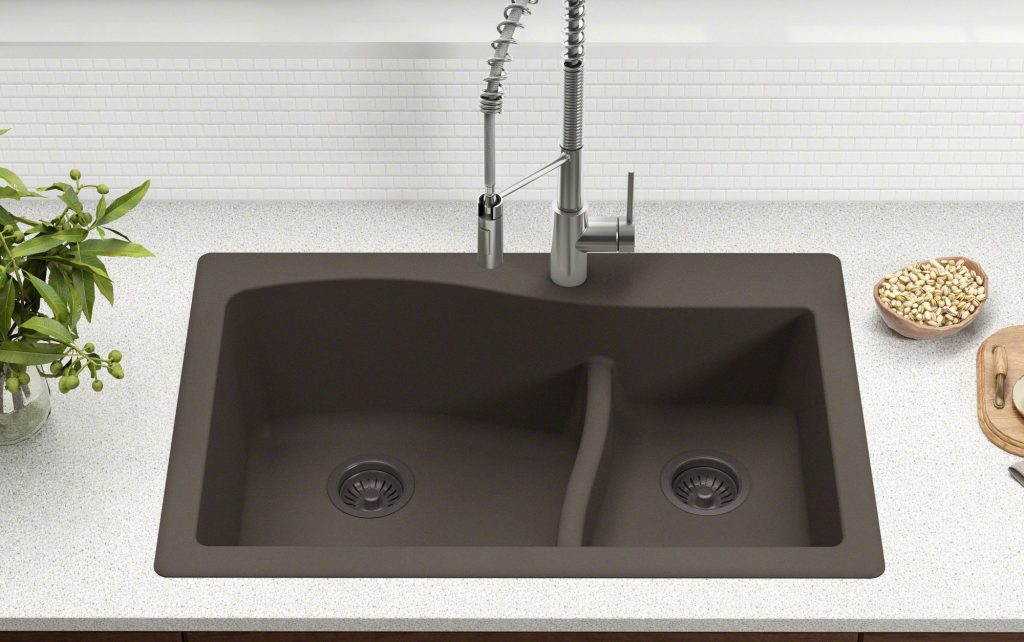
See Kraus’ 33-inch double-bowl granite composite sink, which can be dropped in or mounted under the counter.
Composite stone is a partially natural, partially engineered material. Crushed stone is mixed with other materials, like colored glass, shells, and bits of mirror, to achieve a certain appearance, often, but not always, mimicking natural stone, namely granite or quartz. These materials are bound together with a resin, compressed, and cured.
This is a very durable material. Composite stone is harder than most natural stone, and its consistent composition means it’s unlikely to crack. Unlike natural stone, composite stone is nonporous and does not need to be sealed to prevent bacterial growth.
Cost: Trends expensive. On the low-end, 30-inch double-bowl granite sinks start at $150 and easily work their way up to well over $2,000. The less you spend, the more obvious it may be that your sink is not real granite or quartz.
Appearance: Lots of options in terms of color and style, but generally contemporary. Can look like real stone with a matte appearance, but if resin content is high, it can appear “cheap” or plastic, when it’s actually neither.
Durability: Very good. More scratch- and stain-resistant than stainless steel.
Cleaning: Relatively easy. Composite stone is stain resistant, but not stain proof, though it is fairly easy to clean with nonabrasive sponges and mild detergents. Scouring pads and other abrasive cleaning tools, however, may scratch and dull the surface finish.
Long-term appearance: Good. Being very resistant to damage means this material will likely look good for years to come. However, if you do somehow manage to scratch this material, there’s no way to restore it.
Porcelains
Porcelain is a type of ceramic made from a very specific kind of clay that, when fired in a kiln, vitrifies (turns into a type of glass), making it harder and more impermeable than other kinds of stoneware. However, porcelain is still not especially durable, and porcelain sinks are more common in bathrooms than kitchens for this reason.
Porcelain-enameled cast iron sinks
These sinks have a thin layer of porcelain over thicker cast iron, giving you weight and stability but also a sleek, hard finish and protection from rust.
Be prepared for the installation process. If you think your cast iron skillet is heavy, just wait until you feel the heft of a cast iron sink! Often these require at least two sets of hands to lift and position them safely.
Cost: Most expensive, probably not for the buyer on a tight budget, but may be a great option if you have more to spend. These sinks start at a high price point, usually in the $250-$300 range, but the most expensive models are actually less expensive than many mid-range or higher-end stainless or composite stone sinks.
Appearance: Comes in a wide variety of colors and styles to match any kitchen, and the glossy, polished glaze on many porcelains offer an unparalleled shine for nonmetal materials. However, due to durability issues, don’t expect this to last forever.
Durability: Mixed. As a layered material, cracking and chipping are possible, especially around the drain.
Cleaning: Mixed. Porcelain is not especially stain resistant. It’s also not durable enough to withstand abrasive scrubbing and harsh cleaners.
Long-term appearance: Poor. Any significant cracks and chips will lead to rusting of the cast iron, prompting the need for a new finish or sink.
Fireclay sinks (a.k.a., vitreous china)
A fireclay sink is a molded ceramic sink that is glazed and fired at a high temperature. Unlike enameled sinks, these are composed of the same material all the way through. Fireclay sinks are baked to higher temperatures than cast iron and are generally made of recyclable materials.
Cost: Expensive, up to a point. Like porcelain-enameled cast iron, fireclay sinks start at a higher price point, making them expensive for the buyer on a budget. However, also like cast iron, they top out at a lower price (well under $2,000) than stainless steel or composite stone.
Appearance: Fireclay sinks look a lot like porcelain-enameled sinks, though the fireclay process means that a wider variety of shapes and styles are available.
Durability: Mixed. While still more vulnerable to cracks and chips than some other sink materials, the cracks and chips don’t visually matter all that much in fireclay, since it is the same piece of material, the whole way through. In other words, you won’t see an unsightly mark, revealing what’s really underneath a finish.
Cleaning: Relatively easy. Fireclay sinks may stain, but their glaze makes them more durable than porcelain-enameled sinks, so abrasive sponges and harsher cleaning solutions may be used without incident.
Long-term appearance: Good. Fireclay sinks are relatively low maintenance, and with a little care, will maintain their functionality and look for many years.
Cast acrylic sinks
Cast acrylic sinks are a like porcelain-enameled cast iron sinks, in that they have a layer of porcelain on them, but that’s where the similarities end. Instead of cast iron at their core, these have poured resin reinforced with fiberglass. This makes them very light and puts them on the cheaper end of kitchen sink options. While not immune to scratches, dents, or gouges, they are basically shatterproof, making them more ideal for kitchens in RV campers than in your home.
Most acrylic sinks are manufactured by one of two companies: US-based Thermocast or India-based Dekor.
Cost: Very affordable. Most are less than $250, and many are available at a $100-$150 price point. Custom molds will be more expensive.
Appearance: Many options for color and style, and a custom acrylic sink can be poured into nearly any shape you’d like.
Durability: Mixed. You can’t shatter these, but scratches and gouges are common, and, since these sinks are multi-layered, chips and larger gouges will reveal the acrylic underneath. However, unlike cast iron, acrylic is fairly durable without coating and will not rust.
Cleaning: Mixed. Porcelain is not especially stain resistant, but it’s also not durable enough to withstand abrasive scrubbing and harsh cleaners. The underlying acrylic will react badly to petroleum based products if the enamel coating wears off.
Long-term appearance: Won’t last as long as fireclay, but the porcelain layer can be refinished.
Kitchen sink brands
Looking for American-made sinks? You actually have quite a few options! Be forewarned, though, many of these companies sell sinks manufactured in a variety of places, so if this is an important factor to you, be sure to research or ask after individual sinks.
Overall, these are the brands you want to look at first:
Kitchen sink DIY considerations
- Material affects style. Simply because you like the look of a certain sink material online or in store doesn’t mean it will fit in with the rest of your kitchen’s style. Some kitchen sink styles are more or less modern or classic than others.
- Stick with lighter materials and drop-in sinks. Some sink materials are so heavy that they require more than one person to install them. Similarly, undermount sinks may look great, but if you’re really planning to DIY, you’re going to want to stick with a drop-in, or topmount, sink. To learn more about this, check out our article on the different types of sink mounting systems.
- Strike a balance between price and durability. Sure, if you spend more on certain kinds of sinks, they’re going to look nice for far longer than other kinds. However, most people remodel their kitchens every 10-15 years. That may very well include a new sink. If you like change, don’t feel pushed to spend big bucks.

